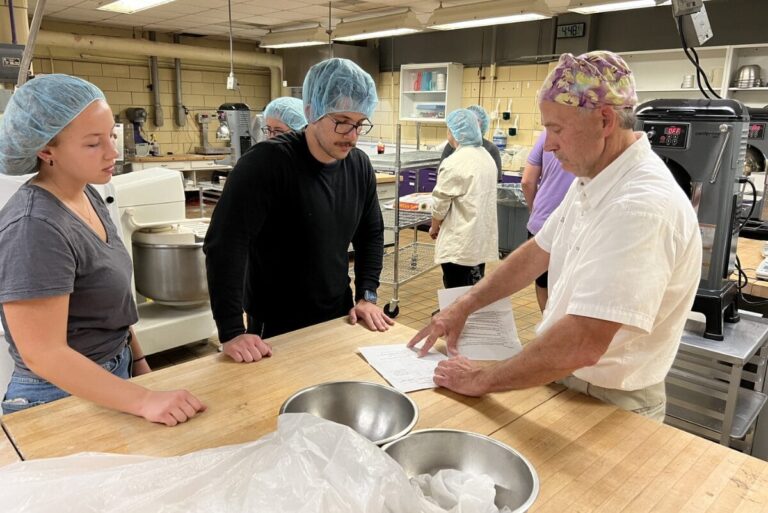KANSAS CITY, MO — The craving for consumer-to-brand connection extends beyond online interactions. Datassential’s “Marketing Issue: Brand Activations Report” revealed that 46% of consumers overall want an immersive experience from the food and beverage brands they’re loyal to. Generationally, 59% of Gen Z and 55% of millennials are more interested in immersive experiences compared to older generations.
“Look for opportunities to immerse consumers in your brand in a memorable way, like through a unique experience or smaller events like branded merchandise,” said Jaclyn Marks, senior publications manager and trendologist at Datassential.










